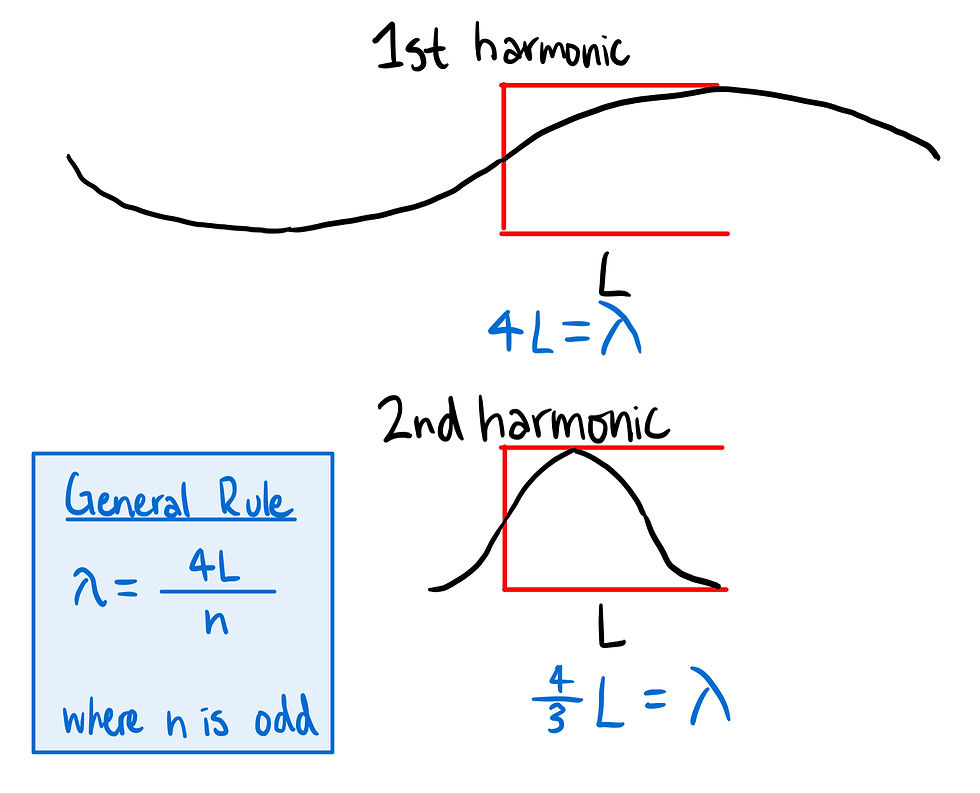PhysicsBowl 2017 Q44
- keshprad

- Jun 9, 2020
- 2 min read
44) In this question, we want to find the time when the projectile in the described situation first reaches half its max-height.
Firstly, let's draw out this situation and all the information we can infer from the question or from general knowledge of projectiles.

Note that we can determine the time at max-height since the problem gives us the time at two points where the ball is at the same height. When this happens, the max-height will be at the midpoint of these times. Thus, we find that the ball reaches max-height 2.4 seconds after launch.
Let's now imagine that instead of throwing the ball up to the max-height we are dropping the ball from rest from max-height. We know it will take 2.4 seconds to reach the ground, but how long will it take to reach max height?
Well, since we will imagine we are dropping the ball from rest, and since we have an approximately constant gravitational acceleration, we can come up with the following relationship between distance and time.

We know that y is directly proportional to t^2, but what does this actually mean?
To understand this, let's let h equal the max height.

From here, we need to realize that this is also the time it takes to travel from y = h to y = h/2. Since we found that it takes 2.4 seconds to get from y = 0 to y = h, the reverse will also be true. I mean that it would also take 2.4 seconds to get from y = h down to y = 0.

We aren't done yet, however. Remember that we want to time it takes to first reach y = h/2. This may seem correct, but near the beginning of the problem, we reversed the problem such that we were dropping it from rest at y = h. In order to find the correct time, we want t[0] - t[1].

Answer: B




Comments